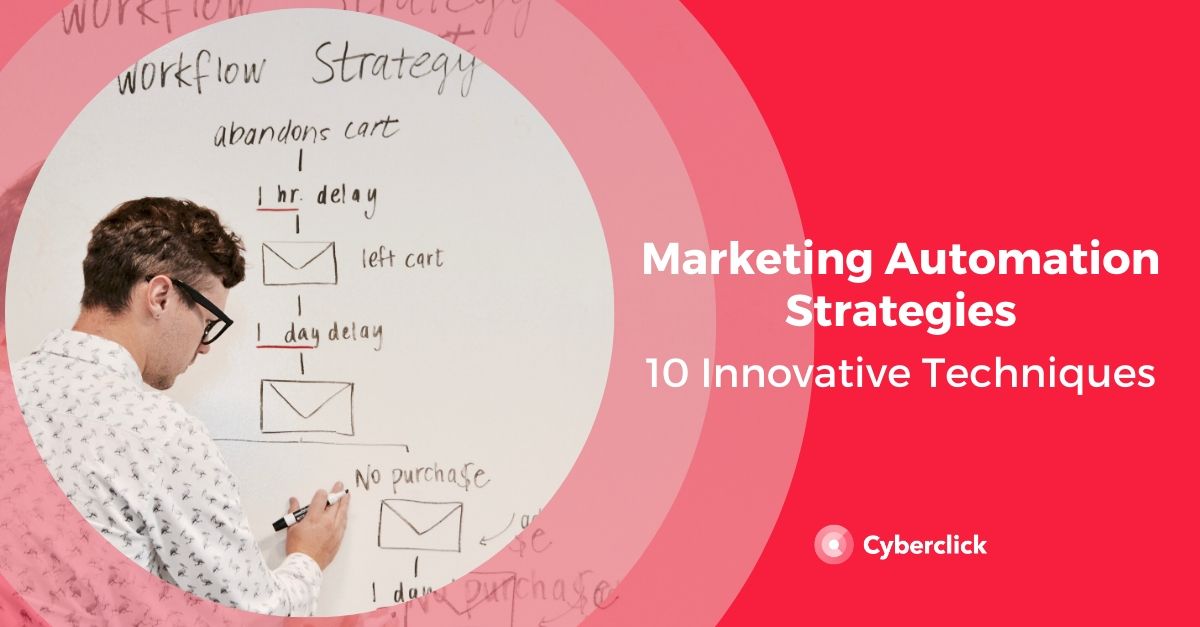The Ansoff Matrix is a sales and marketing strategy used to identify the most suitable path for expanding and growing a business based on the product (new or existing) to be marketed and the market (new or existing) in which it will be marketed.

This marketing strategy is also known by other names such as market expansion grid, growth vector, Ansoff's growth matrix, or product-market matrix. However, be aware that if you hear any of these terms, they essentially mean the same thing.
We also want you to know that, even though upon hearing these concepts you might immediately think of something complex and intricate, the reality is that it is a very simple strategy that any entrepreneur or company can implement in their business. That's why, in this article, we're going to tell you everything you need to know about the Ansoff Matrix to put it into practice and thoroughly understand how it works.
Origins of the Ansoff Matrix
The Ansoff Matrix was created by the Russian business manager, economist, and mathematician Igor Ansoff. He introduced it in 1957 by publishing an article in the Harvard Business Review titled "Strategies for Diversification." Due to this and other contributions to the business world, Ansoff is known as the father of strategic management. He also served as a professor at various universities and advised brands with a significant international presence.
How the Ansoff Matrix Works
To begin with, it's essential to understand that the Ansoff Matrix focuses on two factors: the market and products/services. The combination of these two factors creates four possible growth strategies ideal for the company. We say four because four variables and their relationship are taken into account:
- Existing product (already sold by the company).
- New product
- Existing market (where the company already sells).
- New market
Regarding products, a company may market specific products consistently without intending to innovate, but the idea of creating new products can also arise. Each of them requires a specific strategy to penetrate the market effectively, and the Ansoff Matrix helps us understand what these strategies are.
On the other hand, a company may want to sell its products or services to its existing customers, understanding their characteristics. However, at some point, the company may wish to expand to other markets and sell to new customers.
Taking into account these four variables and their interaction, the Ansoff Matrix provides four ideal strategies to implement in each case.
Strategy 1: Market Penetration (Boosting an Existing Product in an Existing Market)
If, as a company, you want to enhance the sales of a well-known product in the same familiar market, according to the Ansoff Matrix, the best approach is to implement the strategy known as market penetration. This strategy is also considered the least risky among the four proposed.
The market penetration strategy may involve:
- Reducing prices by offering discounts or promotions.
- Increasing the marketing budget.
- Improving the customer experience.
- Acquiring a competitor's brand within the same market.
This strategy is recommended for companies that sense they have become complacent and are struggling to further increase their revenues. It helps mitigate the risk of losing their competitive advantage and being replaced by new companies.
Strategy 2: Diversification (Introducing a New Product in a New Market)
In contrast to the previous strategy, the diversification strategy is the riskiest among the four outlined in the Ansoff Matrix. Launching a new product in a new market is inherently risky because, in this scenario, the brand has not previously experienced selling that product or conducting business in that market – it's an entirely new venture.
However, it is also the strategy that can provide the highest return on investment (ROI).
There are four types of diversification:
- Related: Launching new products related to the ones the company already markets. For example, a company that produces furniture might want to introduce decorative items.
- Unrelated: In this case, the company ventures into selling products unrelated to its existing product range.
- Through total or partial acquisition: The launch is executed by acquiring another smaller company in the sector that can assist in the entire production process.
- Through self-investment: The launch is financed using the company's own resources.
Companies typically opt for a diversification strategy when they aim to broaden their sources of income.
Strategy 3: Market Development (Boosting an Existing Product in a New Market)
In this article, when we talk about markets, we're not only referring to international markets but also different markets within the same country based on the age, hobbies, or profession of potential customers you want to sell your products to. Therefore, in the case of the market development strategy, the Ansoff Matrix also recommends using it, for example, when wanting to sell products to customers of a different age.
In this case, the strategy involves:
- Exploring different distribution channels.
- Changing the brand image and tone.
- Changing the name, among other things.
Companies that operate in highly saturated markets but are not interested or prepared to introduce a new product often implement this strategy. That's why this strategy is less risky than product development and requires less investment because there is no need for the research phase of a new product. In essence, it carries a lower business risk.
However, the risk involved is choosing the market for the launch poorly and not recovering the investment because the product is not in demand.
Strategy 4: Product Development (Introducing a New Product in an Existing Market)
Similar to the first case, there's an advantage in that the market and its different characteristics are already known. Therefore, the new product can follow some of the strategies already used with the existing product.
In this strategy, we can also include products similar to the existing one but with different qualities, such as a new flavor, different ingredients, or distinct features.
This strategy is recommended for companies that already have a broad customer base but operate in a highly saturated market.
Apple is one of the best examples of a company that has successfully utilized product development, continuously introducing new products into markets where it has already marketed items.
How to Create an Ansoff Matrix
First and foremost, you need to determine which quadrant of the Ansoff Matrix your company falls into to understand which strategy to pursue. This can be an easy task if you have only one product, but if you have several, we suggest creating a list of products, indicating whether each is new for your company or already existing.
Once this step is completed, it's time to specify next to each product whether it will be launched or enhanced in a new market for the company or one where it has previously conducted business.
After selecting the strategy, you should gather information about it and implement its steps. Subsequently, monitor the results to see if they are yielding positive outcomes. For a fruitful analysis of the strategy, it's essential to establish beforehand which metrics you will focus on, considering them the most representative indicators of the strategy's progress.
Purpose of the Ansoff Matrix
The Ansoff Matrix is not a magic formula; it is simply a marketing and sales strategy that helps guide organizations in better planning their steps, streamlining the entire process of developing a new strategy. Therefore, it should be viewed as just one tool and not the sole technique on which to base your entire business plan. In fact, it is a straightforward tool designed primarily for the initial stages of strategy development, as it does not delve into the steps after one of the four proposed paths has been chosen.
Specifically, the Ansoff Matrix is recommended for organizations seeking growth with their existing products or by creating new ones, both in the markets they have always worked in and new ones. That's why the Ansoff Matrix is also used solely for devising short-term general strategies, as it is not useful for creating long-term strategies.
CEO y cofundador de Cyberclick. Cuenta con más de 25 años de experiencia en el mundo online. Es ingeniero y cursó un programa de Entrepreneurship en MIT, Massachusetts Institute of Technology. En 2012 fue nombrado uno de los 20 emprendedores más influyentes en España, menores de 40 años, según la Global Entrepreneurship Week 2012 e IESE. Autor de "La empresa más feliz del mundo" y "Diario de un Millennial".
CEO and co-founder of Cyberclick. David Tomas has more than 25 years of experience in the online world. He is an engineer and completed an Entrepreneurship program at MIT, Massachusetts Institute of Technology. In 2012 he was named one of the 20 most influential entrepreneurs in Spain, under the age of 40, according to Global Entrepreneurship Week 2012 and IESE. Author of "The Happiest Company in the World" and "Diary of a Millennial".






Leave your comment and join the conversation